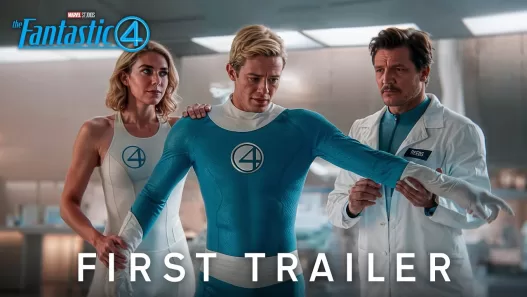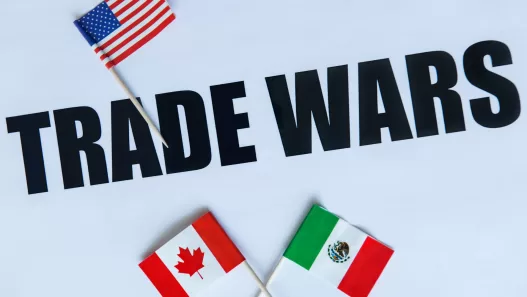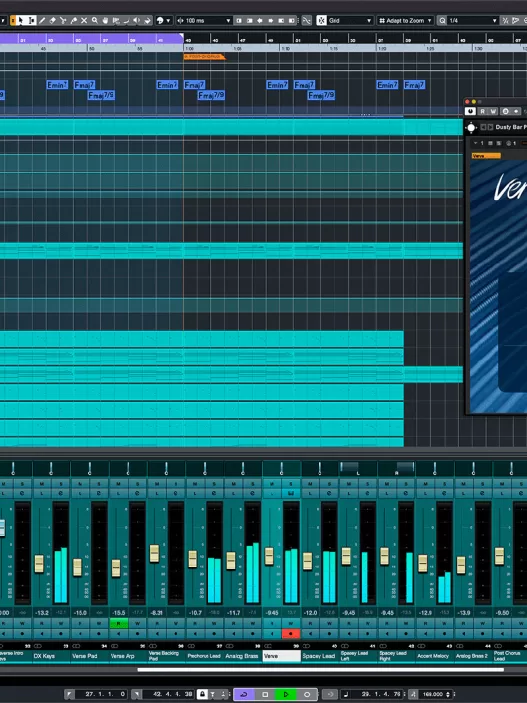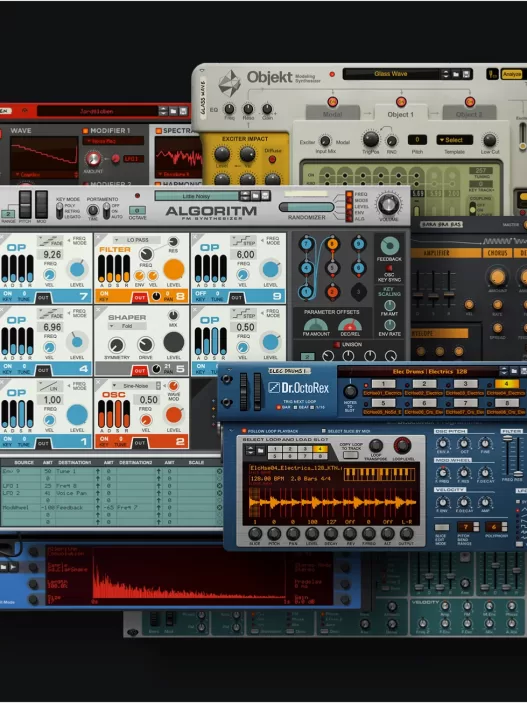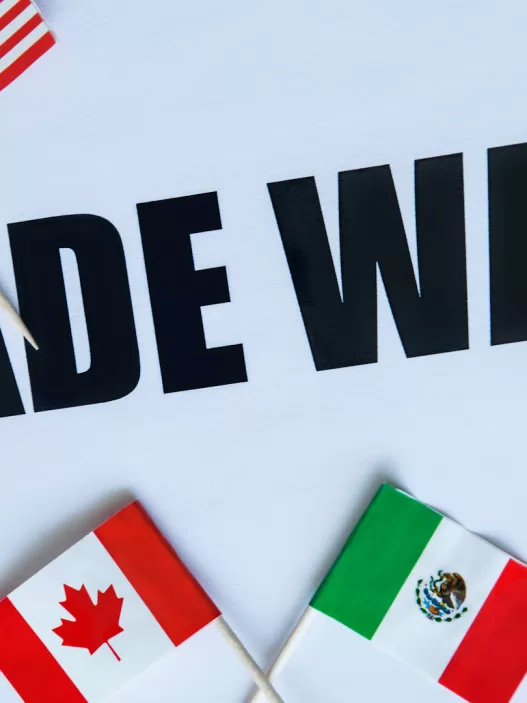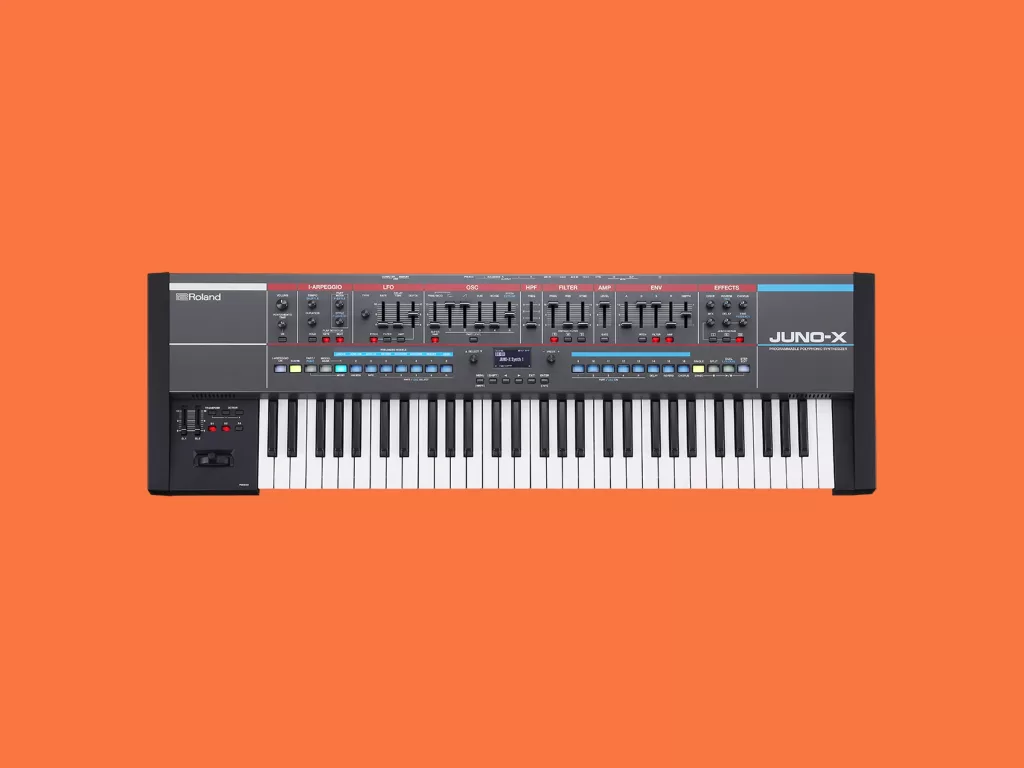
When it comes to music production, Virtual Studio Technology (VSTs) flipped the entire industry on its head. What once required racks of expensive hardware and hours of studio time can now be done with a laptop, some plugins, and a little creativity. In the midst of this digital revolution, one legendary brand—Roland—was caught flat-footed, and it’s a lesson every music tech company should take to heart.
Roland, known for iconic hardware like the TR-808 drum machine and the Juno synthesizers, practically defined electronic music in the ‘80s and ‘90s. But when the world started moving away from hardware and into software-based production, Roland didn’t pivot fast enough. And in an industry where innovation is king, they paid the price.
Let’s break down why Roland’s reluctance to embrace VST technology cost them big, and what other brands can learn from their mistakes.
1. The Reluctance to Let Go of Hardware Glory 🎛️
Roland built its legacy on physical gear. From synths to drum machines, their products were synonymous with reliability and quality. But when the music industry started shifting towards VSTs in the late ‘90s, Roland didn’t see the storm coming.
Their mindset?
- “Hardware is king.” They believed their hardware instruments had a “soul” that software could never match.
- Fear of cannibalization. They worried that pushing software would eat into their hardware sales.
- Traditionalist culture. As a company steeped in decades of hardware dominance, internal resistance to change slowed innovation.
Meanwhile, companies like Native Instruments (NI) and Steinberg saw the writing on the wall and capitalized on the growing demand for affordable, high-quality software instruments. NI’s Kontakt and Steinberg’s Halion quickly became industry standards, filling a gap that Roland simply ignored.
Example: NI’s Kontakt became the go-to sampler for music producers in hip-hop, film scoring, and electronic music. By the time Roland introduced their software alternatives, the market was already saturated with superior and well-established competitors.
2. Late to the VST Party = Playing Catch-Up 🎹
By the time Roland finally dipped its toes into the VST world with the V-Synth (2003), the competition was lightyears ahead. The delay cost them dearly:
- Producers had already committed to other ecosystems. By the time Roland’s plugins arrived, artists had invested in platforms like Ableton Live, Native Instruments, and Spectrasonics. Switching to Roland meant re-learning workflows—something most producers weren’t willing to do.
- Lack of trust in Roland’s software quality. While their hardware was legendary, their initial forays into software felt half-baked and didn’t capture the magic of their physical gear.
- Missed early adopters. Many bedroom producers, DJs, and indie artists were already hooked on free and affordable VSTs, leaving Roland playing catch-up.
Example: Spectrasonics’ Omnisphere, released in 2008, became the gold standard for lush soundscapes and deep synth programming. Roland’s late efforts, like the Jupiter-8 and Juno-106 VSTs, felt more like an afterthought rather than a revolution.
3. Competition Ate Their Lunch 🥪
While Roland hesitated, competitors like Arturia, NI, and Serum were busy perfecting their game. Arturia, in particular, took a direct jab at Roland by releasing software emulations of classic synths like the Jupiter-8 and the 808. The kicker? They were cheaper, easier to use, and sounded great.
Roland had the brand recognition, but they failed to capitalize on it in the software space. Instead, they let smaller, more agile companies replicate their products and capture an entire generation of new producers who had never touched a hardware synth in their lives.
Example: Arturia’s V Collection provided faithful emulations of legendary synths like the Minimoog, Prophet-5, and yes—Roland’s own Jupiter-8 and Juno-106. Roland was essentially competing with its own legacy, but without a strong software offering to counter it.
4. Roland Cloud: A Case of Too Little, Too Late ☁️
Fast forward to 2017, and Roland finally decided to get serious about VSTs with the launch of Roland Cloud—a subscription-based service offering VST versions of their classic synths.
On paper, this seemed like a solid move. They finally embraced the software revolution and offered users access to legendary sounds without having to buy expensive hardware.
But there were a few major problems:
- Subscription fatigue. In a market flooded with subscription services, many producers were reluctant to commit to another monthly payment just to access Roland’s library.
- Poor initial rollout. Early versions of Roland Cloud were plagued with buggy interfaces, high CPU usage, and customer complaints about DRM restrictions.
- Competition still had better offerings. Native Instruments’ Komplete and Spectrasonics Omnisphere still provided better overall value with a wider range of sounds and functionality.
While Roland Cloud has improved in recent years, its rocky start tarnished its reputation and positioned it as a “me-too” service rather than an industry leader.
5. Lessons Other Companies Can Learn 📝
Roland’s story serves as a cautionary tale for other hardware-focused companies in the music industry. The key takeaways?
- Adapt or die. The music industry moves fast. If a new technology emerges, companies must adapt quickly or risk irrelevance.
- Balance hardware with software. Companies need to embrace both, creating ecosystems that allow users to flow between the two seamlessly.
- Listen to your audience. Producers and musicians want flexibility, affordability, and innovation. Understanding their evolving needs is crucial.
- Branding isn’t enough. Even with an iconic legacy, staying relevant requires continuous innovation and forward-thinking strategies.
Final Thoughts: Is It Too Late for Roland?
Despite their slow start, Roland still holds weight in the industry. Their hardware is legendary, and they continue to innovate with products like the Roland AIRA line and the Zenology software synth. However, the brand will need to double down on improving their VST offerings, customer experience, and marketing efforts to stay competitive.
Will Roland reclaim its throne in the software world? Only time will tell. But one thing’s for sure—companies that underestimate the power of software are risking their place in an industry that’s evolving faster than ever.
Want to learn more? Check out these links:
Let me know—do you think Roland can make a comeback in the VST space, or have they missed their chance? 🎹

